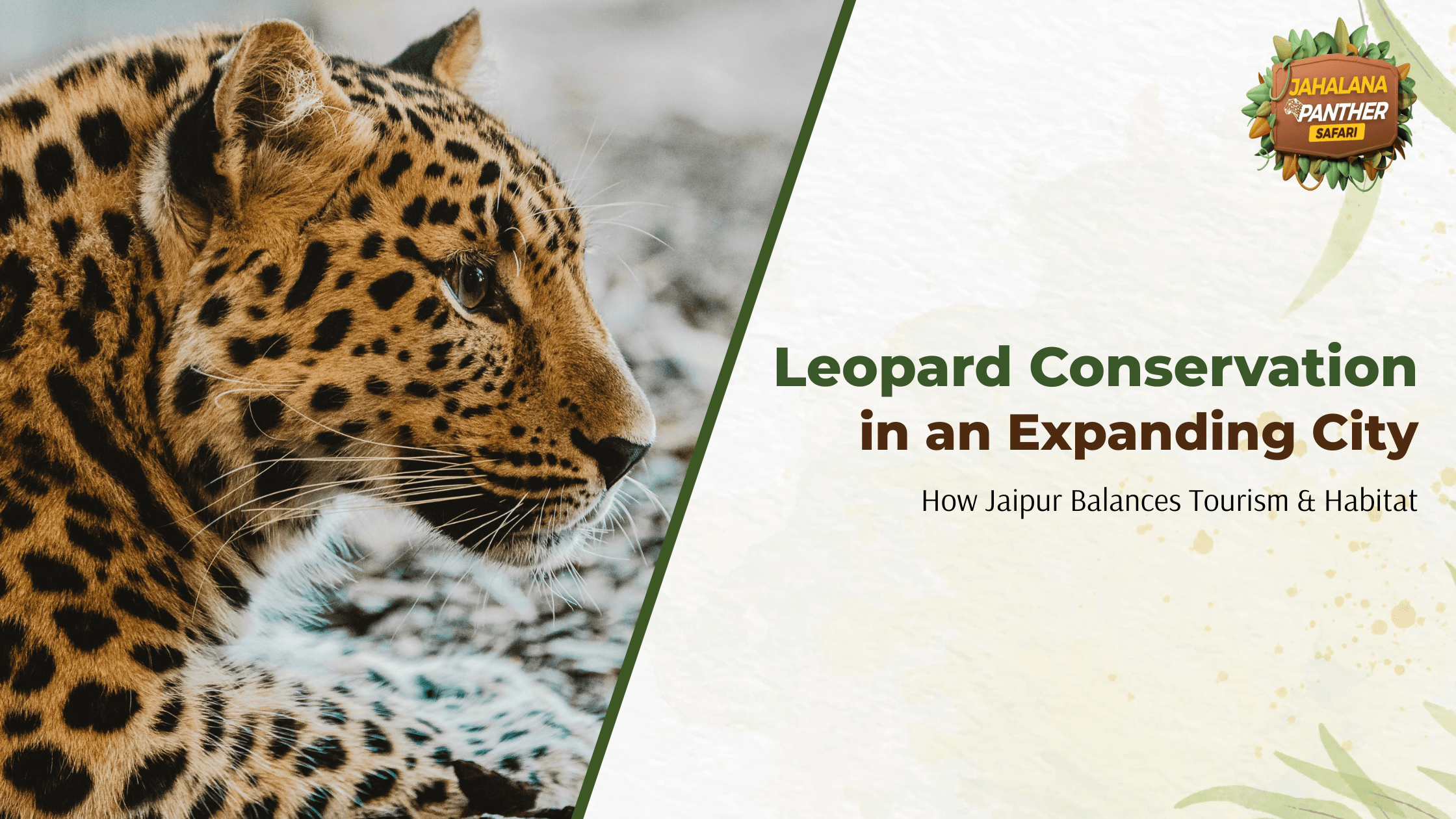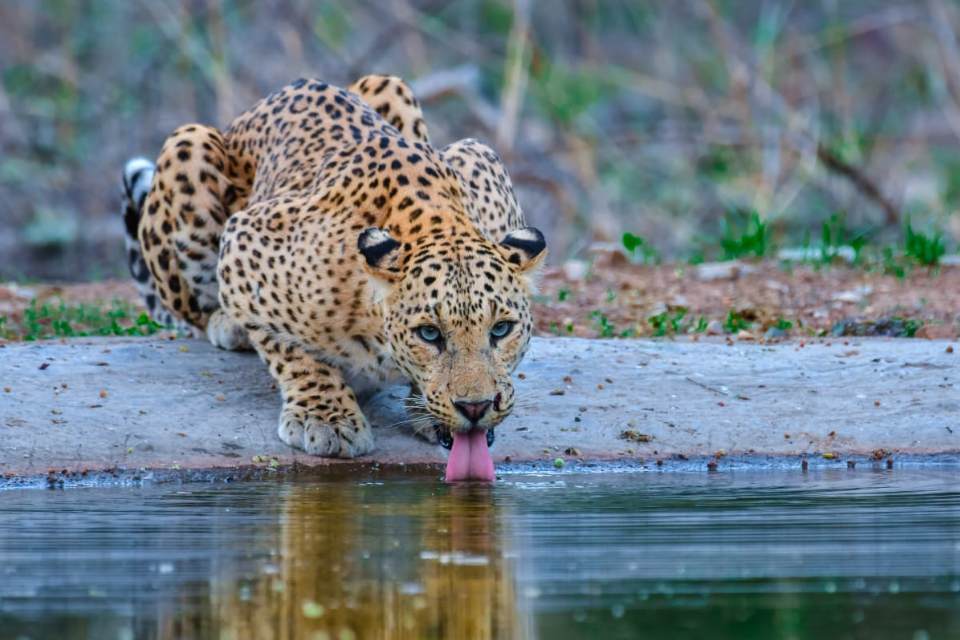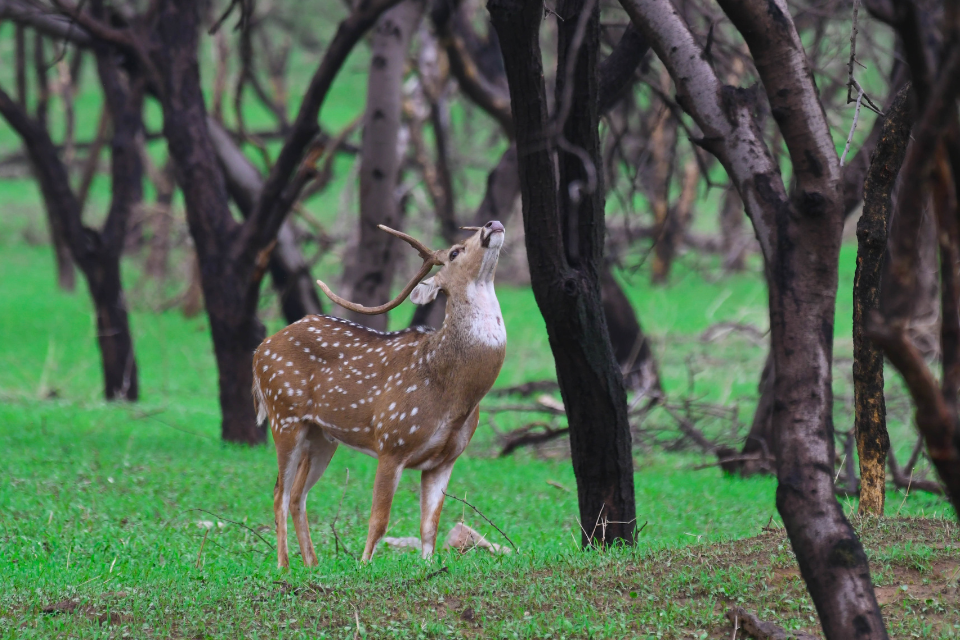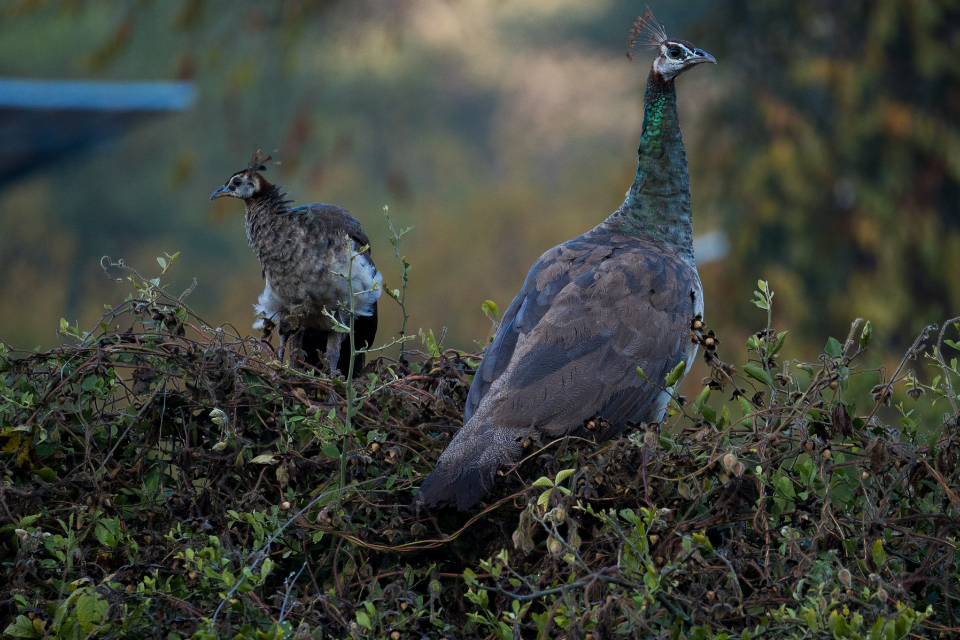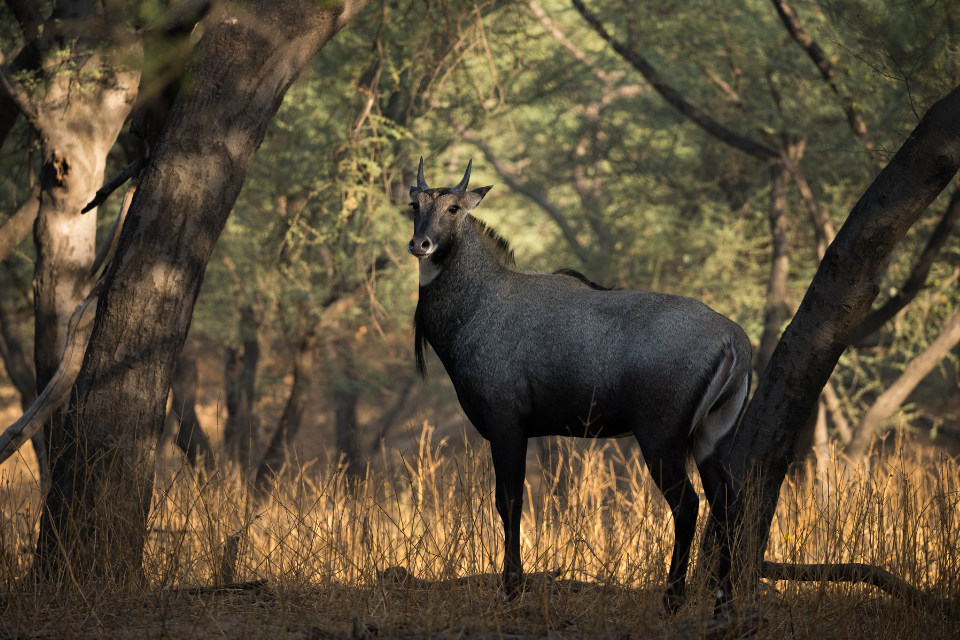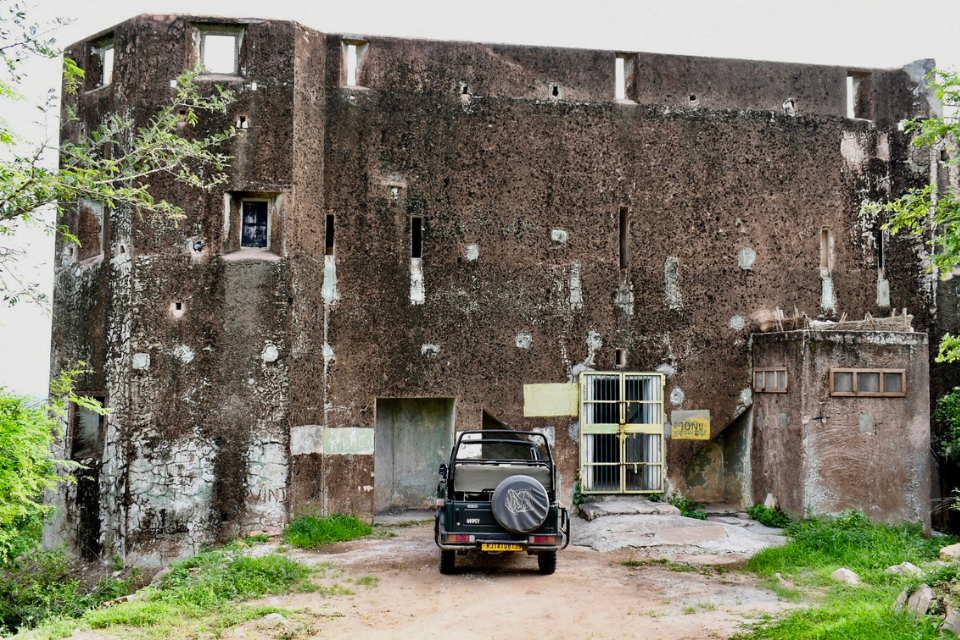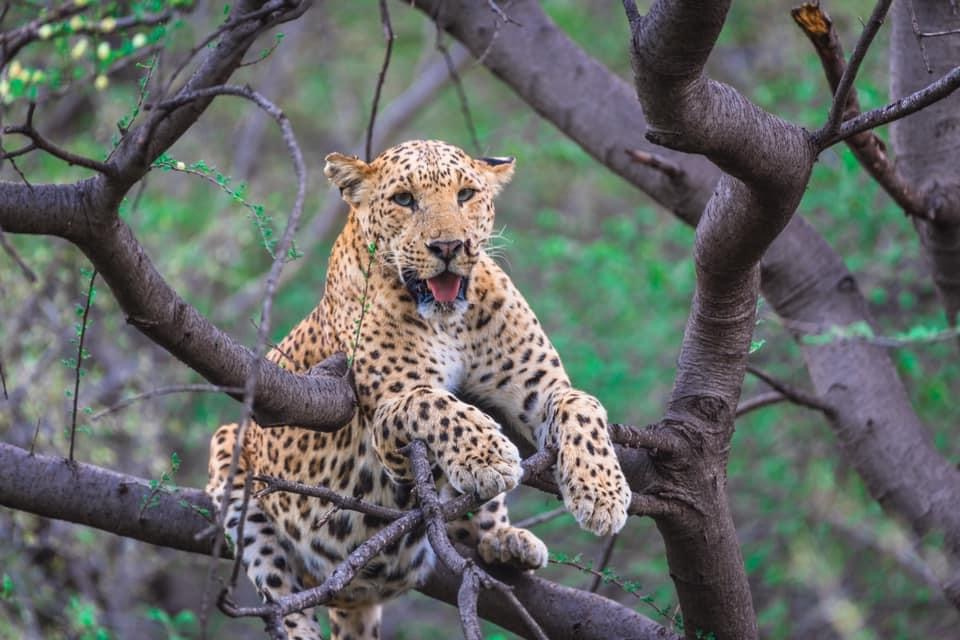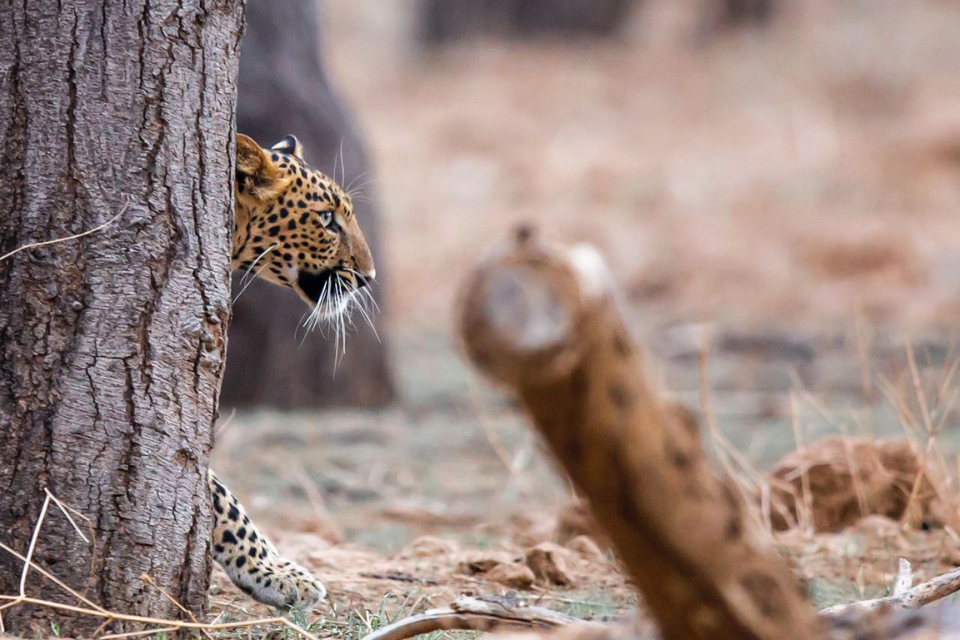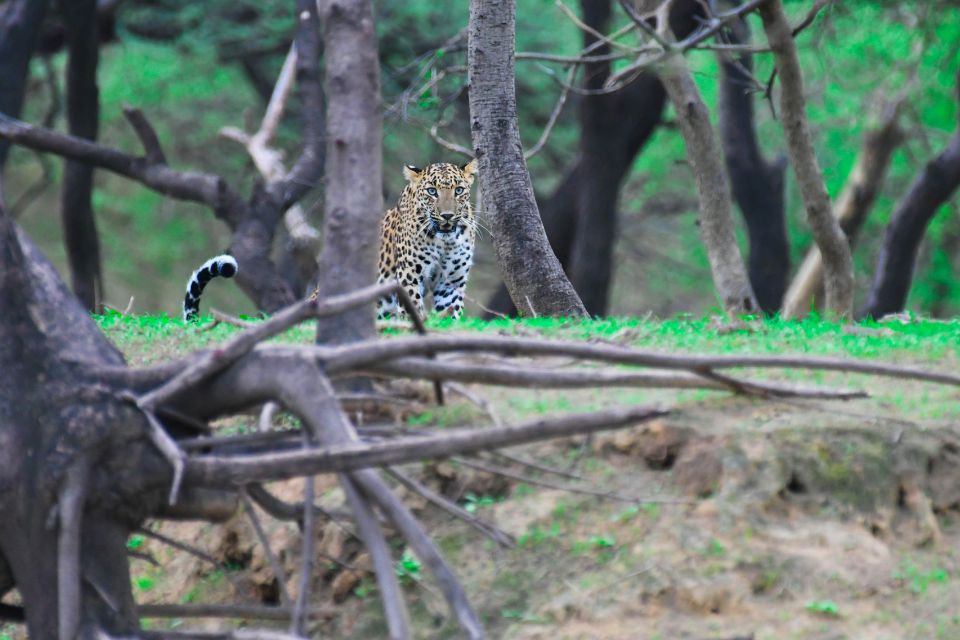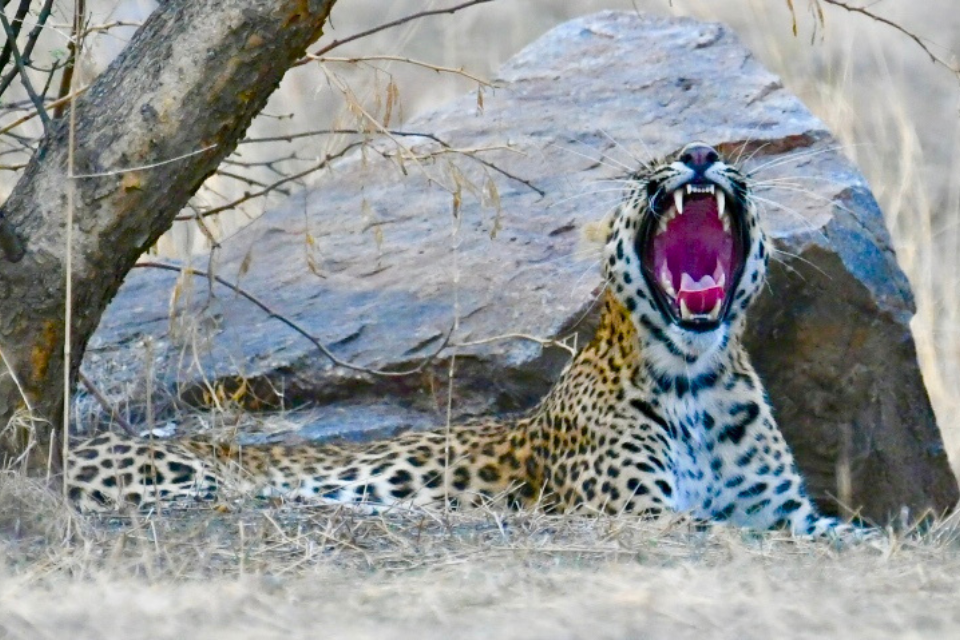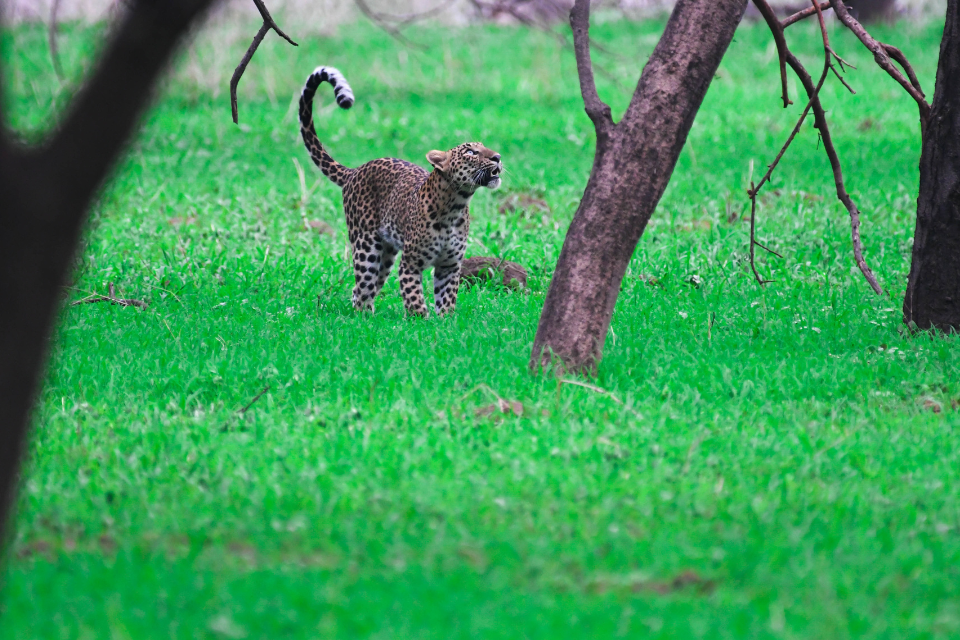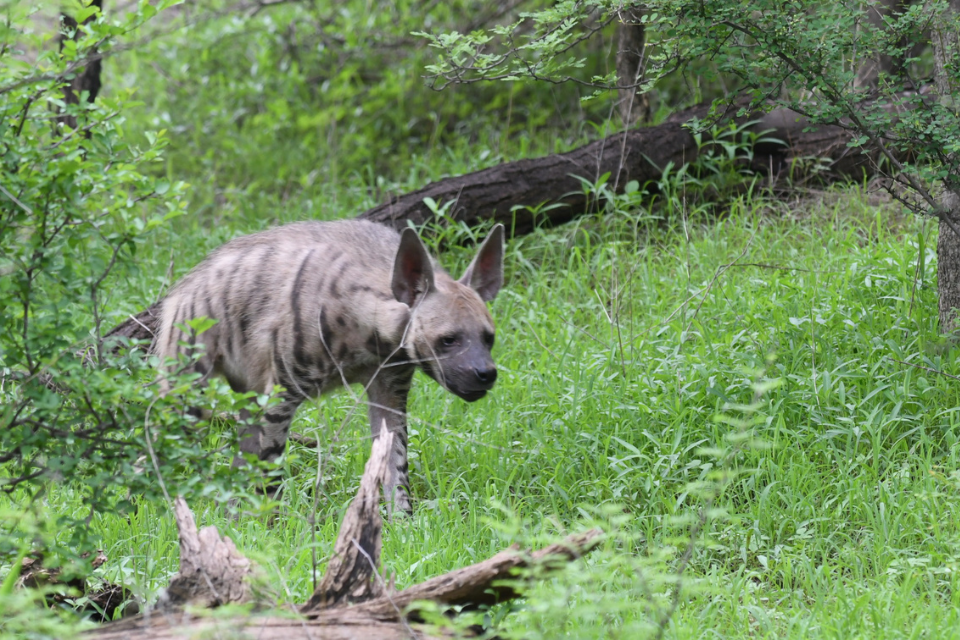- October 8, 2025
Leopard Conservation in an Expanding City: How Jaipur Balances Tourism & Habitat
Jaipur is famous for forts, textiles, and pink façades—but one of its most compelling stories prowls in the scrub hills that ring the city. In 2017, as part of Rajasthan’s “Project Leopard,” Jhalana on Jaipur’s southeastern edge was formally designated as a leopard reserve—a pioneering move for an urban landscape in India. Since then, the city has tried to do something few fast-growing metros attempt: share space with a big cat while inviting visitors to learn, not intrude.
This guide unpacks how Jaipur is attempting that balance—what makes Jhalana unique, how corridors and carrying capacity shape decisions, what community engagement looks like on the ground, and how tourism can help (or hurt) conservation if not done carefully.
A quick primer: Why Jhalana matters
- Urban location, apex predator: Jhalana Reserve Forest lies inside Jaipur’s urban fabric—a city of ~3.9 million—yet remains home to a resident, breeding population of leopards. Baseline camera-trap research (2017–2019) identified 25 individual leopards and documented 39 bird and mammal species using the reserve.
- First mover for “urban leopard reserve India”: Jhalana was declared a leopard reserve in 2017, widely cited as India’s first dedicated leopard reserve in an urban setting. (Tourism routes trialed in late-2016 were formalized soon after.)
- From intrusion to managed coexistence: The construction of a boundary wall and stricter patrolling after 2017 measurably reduced human and livestock activity inside the reserve, a key step to relieve pressure on wildlife.
Fast facts (so you’re oriented)
- Where: Jhalana Reserve Forest, Jaipur (Aravalli foothills).
- Area you’ll see in tourism narratives: ~20 km²; historical reserve-forest records mention ~29 km² for the broader forest block. (Different figures often refer to the tourism zone vs administrative forest.)
- Status: Leopard reserve since 2017; Amagarh (east of city) followed in 2022, and a third safari at Maila Bagh/Beed Papad (Nahargarh landscape) was announced more recently—underscoring Jaipur’s mosaic model.
The conservation core: science first, then safaris
1) Baselines, not guesswork
Before you can manage visitors, you have to understand the wildlife you’re managing for. Jhalana’s first comprehensive baseline (2017–2019) used camera traps at waterholes and along routes to catalogue species and individually identify leopards. Findings confirmed the leopard as the apex predator and captured how reduced human/livestock intrusion after 2017 correlated with improved wildlife use of the reserve.
2) Tourism as a management tool (not the goal)
Managed, capped safari routes—some now using electric vehicles to cut noise—can serve as eyes and ears on the landscape, create a funding stream, and spread visitor awareness if kept within ecological limits. Research from Jhalana stresses careful regulation to avoid habituation, stress responses, or displacement; it’s an ongoing experiment requiring monitoring and course corrections.
Corridors: the invisible lifelines of an urban leopard reserve
Leopards disperse along ridges, dry streams, and green belts. In Jaipur’s case, drainage lines and seasonal nalas double as movement routes—natural “back lanes” that help animals avoid main roads. Protecting these micro-corridors is crucial so young leopards can leave crowded cores and find new territories without conflict. A 2024 study on urban Aravalli ecology articulates how watercourses and drains function as mobility corridors in and around cities—directly relevant to Jaipur.
Beyond Jhalana, the Nahargarh and Amagarh forests to the north/east and the Maila Bagh/Beed Papad tracks being opened for guided tourism show Jaipur’s intent to stitch multiple patches into a functional network. News of the third safari in the Nahargarh landscape reflects this approach, though every new track must be habitat-led, not demand-led.
Regulatory action matters too. Ongoing encroachment and boundary disputes in the Nahargarh belt are currently under judicial scrutiny, highlighting how governance underpins corridor conservation as much as ecology does.
Carrying capacity: when success creates pressure
“Carrying capacity” isn’t a fixed headcount—it’s a range that shifts with prey availability, water, cover, disturbance, and neighbourhood tolerance. Jhalana’s science baseline identified 25 individual leopards in 2017–2019; subsequent media and operator reports often quote ~35–40 across Jhalana (and now adjoining units)—figures that indicate a healthy but pressurized population for an urban site. (Recent rescues of dispersing subadults near factories and housing colonies signal territorial spillover.)
What happens when a core nears its ecological ceiling?
- Dispersal: Subadults push outward along the corridors described above.
- Conflict risk: If corridors are pinched by construction, dispersers may enter human spaces.
- Management response: Targeted habitat improvement, additional waterholes/cover (inside, not in buffer settlements), and opening/closing safari routes based on monitoring.
- Landscape approach: Developing additional safari/learning zones in nearby forests (Amagarh, Maila Bagh) to spread pressure—but only if first vetted ecologically.
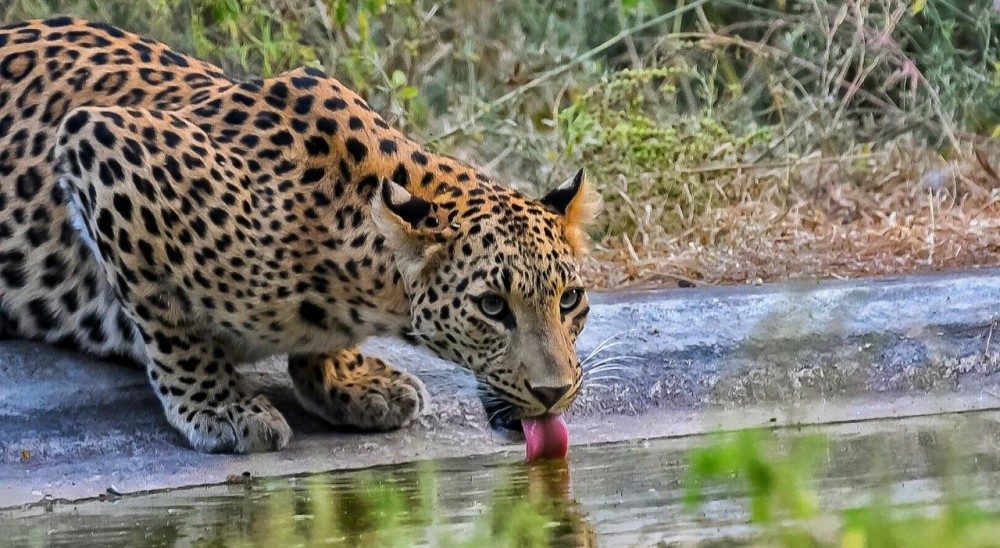
Community engagement: the real hinge
Urban conservation fails without community buy-in. Rajasthan’s forest department works with Village Forest Protection & Management Committees / Eco-Development Committees (EDCs)—the on-ground bridge between policy and people. EDCs help with patrolling support, awareness, and livelihood linkages; they are the unit through which co-existence scales.
A 2017 initiative in Jaipur district mapped conflict hotspots around Jhalana and Nahargarh, underscoring the need for rapid response and transparent compensation when livestock are taken—key to preventing retaliation.
What effective engagement looks like in practice
- Fast, fair compensation for depredation (prevents anger spirals).
- Helpline + rapid response teams trained to secure sites and calm situations.
- Awareness in schools and resident associations (urban peripheries matter).
- Livelihood add-ons (beekeeping, craft, homestays) that reduce dependency on extractive forest use.
- Citizen science nights (talks, camera-trap showcases) that turn curiosity into stewardship.
Tourism with guardrails: what Jaipur is getting right (and must keep doing)
What’s working
- Fixed routes and time windows reduce disturbance and allow predictable patrols.
- Capping vehicle numbers per slot minimizes crowding around sightings.
- Walling critical edges reduced daily livestock incursions inside the reserve.
- Increasing use of EVs on routes cuts noise; consistent guide training improves etiquette.
What to watch
- Demand surges (holidays/viral moments) can tempt over-issuance of permits—resist it.
- Route creep (informal tracks) fragments habitat; strict closures and restoration are essential.
- Corridor pinch-points need urban–forest co-planning (culverts, greenways, underpasses).
- Data continuity: baseline studies must be repeated to track trends, not treated as one-offs.
How you (and your guests) can be part of the solution
- Pick ethical operators who follow caps, don’t off-road, and brief guests on behavior.
- Silence > speed: Keep voices low; never pressure a sighting by crowding.
- Zero feeding, zero baiting, zero drones.
- Stay on designated routes; report any violations you observe.
Support community programs (EDCs, school talks) when offered—small donations go a long way.
What we’ve published on this (for deeper reading)
- How Jhalana Became India’s First Urban Leopard Reserve (background & policy timeline).
- Conservation Success Stories: How Jhalana’s Leopard Population Rebounded (program design, EDCs, rapid response—our field notes).
- How to Book Jhalana, Amagarh & Beed Papad Safaris in Jaipur (tourism mechanics; why caps matter).
These are our own explainer articles that synthesize official circulars, peer-reviewed work, and on-ground operations—use them to brief teams, partners, or media.
FAQs
1) Is Jhalana really India’s first dedicated leopard reserve?
Yes—2017 is the notification year widely cited by official and scientific sources, making it a pioneer for an urban leopard reserve in India.
2) How many leopards live in Jaipur’s urban reserves?
Baseline research (2017–2019) identified 25 in Jhalana alone. Media and operator reports today often mention ~35–40 across the expanding mosaic (Jhalana plus adjacent units). Numbers change with births, dispersal, and monitoring cycles.
3) What’s “carrying capacity,” and is Jhalana over it?
Capacity is dynamic, driven by prey, cover, water, disturbance, and human tolerance. Indications of frequent dispersal into urban fringes suggest pressure, which is why Jaipur is developing additional, ecologically vetted safari zones and strengthening corridors.
4) Are there wildlife corridors inside the city?
Yes—drains/seasonal nalas and green strips act as movement routes, letting leopards skirt roads and neighborhoods. Urban plans must protect these “invisible” arteries.
5) What concrete measures reduced conflict inside Jhalana?
Boundary walling, stricter patrolling, and route caps lowered human/livestock presence and stabilized wildlife use.
6) How are communities involved?
Through EDCs/VFPMCs that link residents to forest teams for patrol support, awareness, and livelihood add-ons; conflict hotspot mapping and rapid response + compensation are crucial.
7) Do safaris harm leopards?
Not when capped, route-bound, and well-guided. The risk rises with overcrowding, noise, off-road detours, and unethical behavior—hence Jaipur’s emphasis on rules and monitoring.
8) What about encroachments near Nahargarh?
The issue is under NGT scrutiny; resolving boundaries and enforcement is part of keeping corridors functional.
9) Is Jaipur the only city doing this?
Other Aravalli cities host leopards too (e.g., Gurugram–Faridabad belt; Asola Bhatti in Delhi), but Jhalana’s formal reserve + regulated tourism make Jaipur a standout case.
10) When is the best time to visit?
Year-round, with early morning/late afternoon drives for better activity and light. Always book official slots and respect caps.
Planning a visit or writing about it? Use this responsibly
- For travelers: Choose licensed operators, keep expectations realistic (sightings are never guaranteed), and treat the forest like someone’s home—because it is.
- For media & creators: Avoid geotagging sensitive den sites or off-route locations; promote coexistence etiquette in captions.
- For planners & developers: Bake corridor maps into zonal plans, mandate wildlife-friendly culverts/underpasses, and protect riparian greenways.
Book with us: Learn, don’t just look
If you’re planning a visit, we curate responsible leopard experiences in Jaipur—Jhalana, Amagarh, and Maila Bagh—with strict adherence to caps and codes, trained naturalists, and briefings on coexistence. Your booking helps fund community outreach and monitoring. Reserve on our website and we’ll share a visitor code of conduct and a corridor explainer you can pass to your group.
Disclaimer
Designations, timings, and route policies can change with season and management orders. Population figures are time-bound snapshots; use peer-reviewed updates or official circulars for citations. Always book licensed safaris and follow on-ground instructions.
Disclaimer All images used in this blog are either sourced from public domain or credited to their respective owners. If you are the copyright holder of any image and wish to request its removal or proper attribution, please contact us at [email protected]
